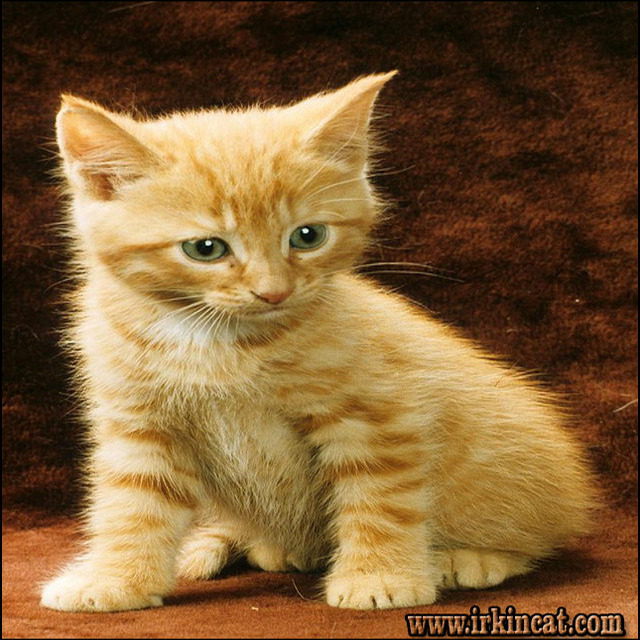
The classic tabby pattern consists of bold swirls that create a “target”-like pattern on the side of the cat’s body. That being said, there are five different types of tabby markings. While every tabby cat may not exhibit all of these markings, if a cat exhibits several from this list it’s pretty safe to say it’s a tabby.

Depending on the cat’s genetics, these stripes may be bold and clearly visible or they might be subtle and faded. Though there are several distinct tabby patterns, most tabbies exhibit some degree of striping on their coats. If a solid-colored cat inherits two copies of the recessive non-agouti gene (aa), it may exhibit “ghost striping.” This refers to a subtle suggestion of the underlying tabby pattern which is most visible in strong sunlight. Whether a cat show its tabby pattern or not depends on whether the cat has inherited a dominant agouti gene or a recessive non-agouti gene.Ĭats that inherit the dominant agouti gene (A) will express a visible tabby pattern while cats that inherent the recessive non-agouti gene (a) will not. The tabby gene can also be missed with other marking genes to create cats with solid coats or a mixture of patterns. Though the striped tabby pattern is the most familiar, there are five recognized types of tabby markings. The tabby gene is extremely diverse, involved in a wide variety of coat patterns. The Asiatic wildat (Felix lybica oranata).The European wildcat (Felis silvestris silvestris).The African wildcat (Felis lybica lybica).In fact, the tabby pattern is a hallmark of the direct ancestors of the domestic feline, including: Though tabby cats are not a specific breed, all domestic cats carry the tabby gene because their origins can be traced to wild cats that carry the tabby pattern. It’s also common knowledge that tabbies are among the smartest cats in the feline world. Some say the M stands for the word Mau, the Egyptian word for cat. This recognizable M-shaped marking is also seen on a number of wild cats, particularly jungle cats like cheetahs, ocelots, and tigers. What makes a tabby really stand out, however, is the distinctive M-shaped marking on the forehead.Īlso Read: Why Do Tabby Cats Have An “M” On Their Foreheads? Most tabbies have stripes across their faces, along their backs, and on their legs and tail. Though every tabby cat is different, there are certain types of markings most cats with this coat pattern tend to exhibit. Tabby cats exhibit a combination of stripes, swirls, and spots which, depending on the breed, may cover the cat’s entire body or be localized to patches. Though it’s difficult to make generalizations about tabbies because they come from so many breeds, many tabby cat owners say their cats are friendly, affectionate, and playful.Īlso Read: Most Popular Names for Tabby Cats Why Are Tabby Cats Special?Įvery cat is unique but what makes tabby cats special is the beautiful patterns that cover their coats. Tabbies often have stripes, swirls, or spots of color on their coats determined by their breed and individual genetics. Rather than referring to a specific breed, the word “tabby” is a reference to a certain coat pattern commonly seen in both domestic and wild cats.

We have even included a few famous cat characters if you are looking for a name with a bit of pizazz and history.Many people refer to their cats as tabbies without really knowing what the term means. In this article, you will find unique orange cat names for males and females, ideas for tabbies, and cute, funny, and badass suggestions. However, finding inspiration in their coat color is a great place to start looking for a new name. While we like to think their color determines their personality, we know that your bright feline will be just who they are with or without their zesty locks.

Orange coat patterns include the typical tabby, elegant color points, and of course a solid orange – which is stunning all on its own!Īn orange kitten is often associated with being the friendliest cat of the bunch. Adorning airy hues of gold and honey, reaching rich tones of ginger and rust. We’re talking about energetic and fresh orange-colored kittens! These precious gems are hard to miss. Ignites a sense of individuality and flair. Among the various combinations, one stands out. Grey, white, black, bi-color, tricolor, calico, tuxedo-just to name a few. The possibilities are endless when it comes to kitten fur colors.


 0 kommentar(er)
0 kommentar(er)
